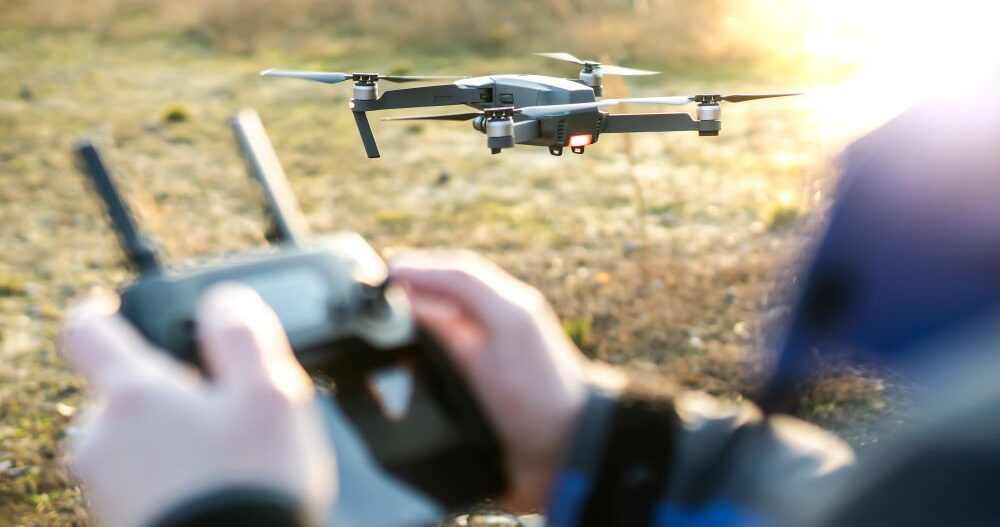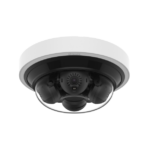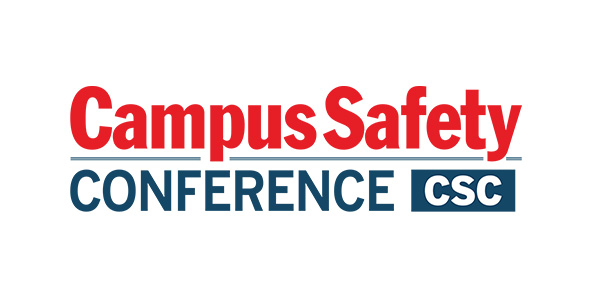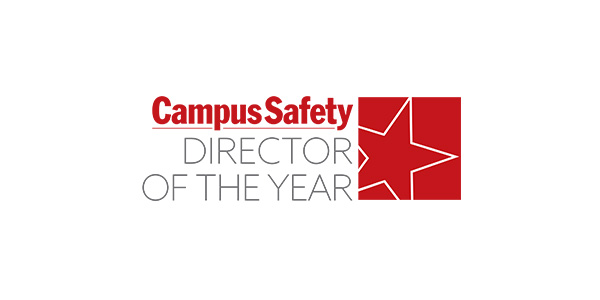From active shooter threats to more routine concerns like bike theft and vandalism, school administrators at every level are under growing pressure to keep students and staff safe. As risks evolve – whether on small K-12 campuses or large university systems – security strategies must evolve with them.
Traditional measures like on-site patrols and security cameras still play an important role. But many schools are now exploring how newer technologies might improve response times, expand visibility, and help security teams act more decisively when incidents occur. Some institutions are turning to integrated systems that combine mobile reporting tools with real-time response technologies.
But what do these systems actually look like in practice? And how are they changing the role students play in keeping their campuses safe?
How Integrated Drone and App Systems Reshape Emergency Response
Consider a common scenario on many campuses: a student notices an argument escalating outside a dorm late at night. Instead of calling a dispatcher or searching for a security officer, the student opens a campus safety app and reports the incident. Within moments, a drone is dispatched to the location, streaming live video to the university’s security operations center.
This type of response is made possible by systems that connect student-facing mobile apps with autonomous aerial tools. The goal is to reduce the time between when an incident is reported and when security teams can assess what’s happening on the ground.
Related Article: Highland Park ISD Considers Drones for Active Shooter Prevention
In many cases, the app allows users to share GPS data, written descriptions, and even short videos or audio clips. When paired with an aerial response system, those alerts can automatically launch a pre-programmed flight to the reported location. Security staff monitor the live video feed from the device in real time, giving them more context before anyone arrives on the scene. The result is a faster and more informed response that relies not only on automation, but also on students’ ability to communicate directly with campus security.
Redefining the Student’s Role in Campus Security Operations
Beyond simply reporting incidents, students are increasingly being integrated into the operational side of campus safety. New technologies don’t just make it easier to send alerts. They reframe students as active participants in a real-time information network. With mobile platforms capturing and transmitting detailed input from students directly to security teams, campus safety becomes less reactive and more collaborative.
What sets this approach apart is the immediacy and specificity of the information students can provide. Alerts may include location data, short video clips, and written context – inputs that help security personnel assess whether a situation requires intervention and what kind. In fast-moving or unclear scenarios, such as a confrontation escalating in a public space or suspicious behavior in a restricted area, this kind of early intelligence can be critical.
In effect, these tools encourage students to think beyond personal safety and consider how their actions contribute to a safer environment overall. It’s not just about alerting authorities. It’s about becoming a meaningful part of the response.
How to Integrate Aerial Surveillance with Existing Systems
For schools considering evolving their current safety programs, the goal isn’t to replace existing systems. It’s to enhance them. The most effective implementations start by identifying how aerial response tools can close specific gaps in current protocols, such as slow response times, limited camera coverage, or blind spots during off-hours.
Integration typically begins with connecting a mobile alert system to a centralized operations hub. From there, schools can add automated dispatch capabilities, configuring drones to respond to certain types of alerts or areas of concern. It’s important to establish clear criteria for deployment, such as time of day, type of incident, or location risk level, so that use of these systems remains purposeful and proportional.
Related Article: Why Campuses Should Consider Open Technology and Interoperable Access Control Credentials
Staff training is another key component. Security teams need to understand how to monitor live feeds, interpret incoming data, and coordinate responses without relying solely on the drone’s vantage point. Equally important is student education: users must know how and when to send alerts, what kinds of details to include, and how their participation fits into the larger safety system.
Finally, schools should consider privacy and transparency from the start. Clear policies on when aerial tools will be used, how data will be stored, and what safeguards are in place can help build trust and reduce concerns about overreach. When implemented thoughtfully, these systems can extend the reach of existing security teams, reduce decision-making time, and offer students a more immediate way to engage with safety infrastructure.
Drones, Mobile Alerts Don’t Replace People
The future of campus safety won’t be defined by how advanced the tools are, but by how well they support real-world needs. Technologies like drones and mobile alert systems can improve response times and situational awareness, but they work best when paired with clear policies, transparent communication, and consistent follow-up. If students are expected to play an active role in reporting, schools must ensure their alerts are taken seriously and handled with care.
Related Article: Poor Policies and Over-Reliance on AI Can Sabotage Your Security Technology’s Potential
These tools should enhance – not replace – human judgment. Speed is valuable, but not if it leads to overreactions or triggers privacy concerns. The most effective systems will be those that evolve with feedback, stay grounded in the daily rhythms of campus life, and treat safety as a shared effort rather than a one-sided service.
Jonathan Duff is CEO of Centinus.
Note: The views expressed by guest bloggers and contributors are those of the authors and do not necessarily represent the views of, and should not be attributed to, Campus Safety.












